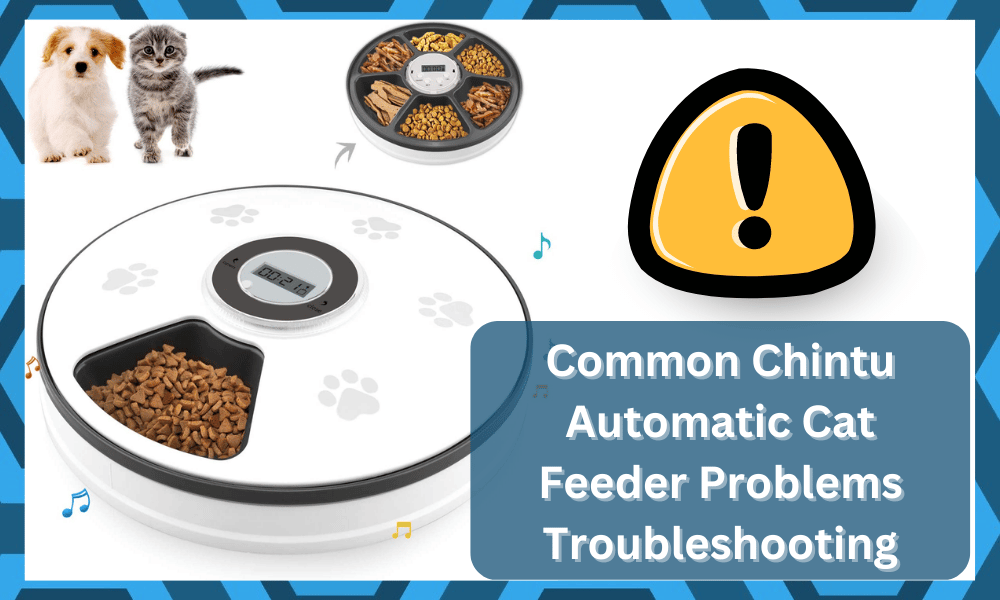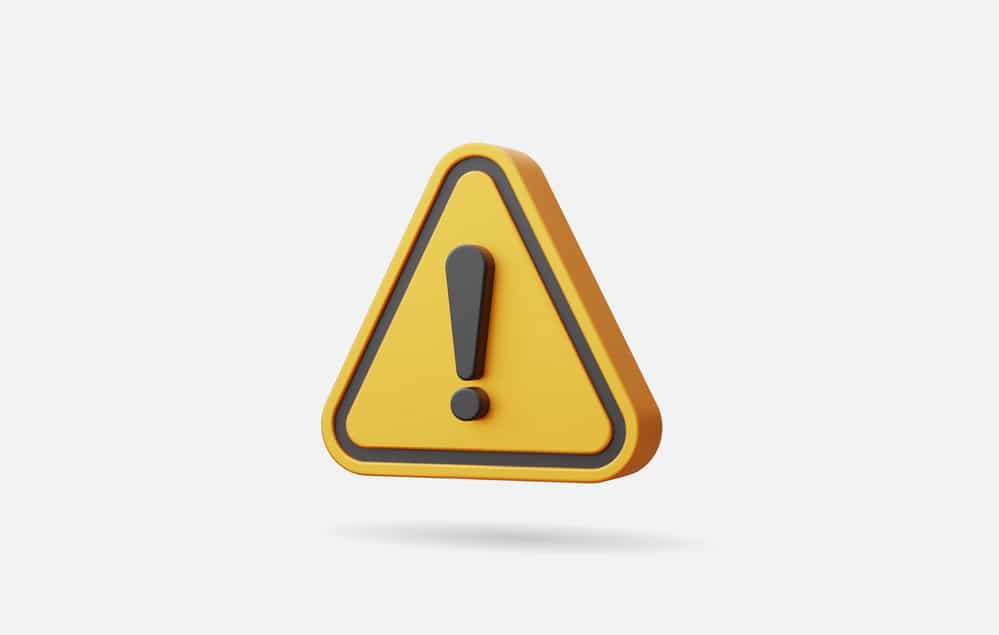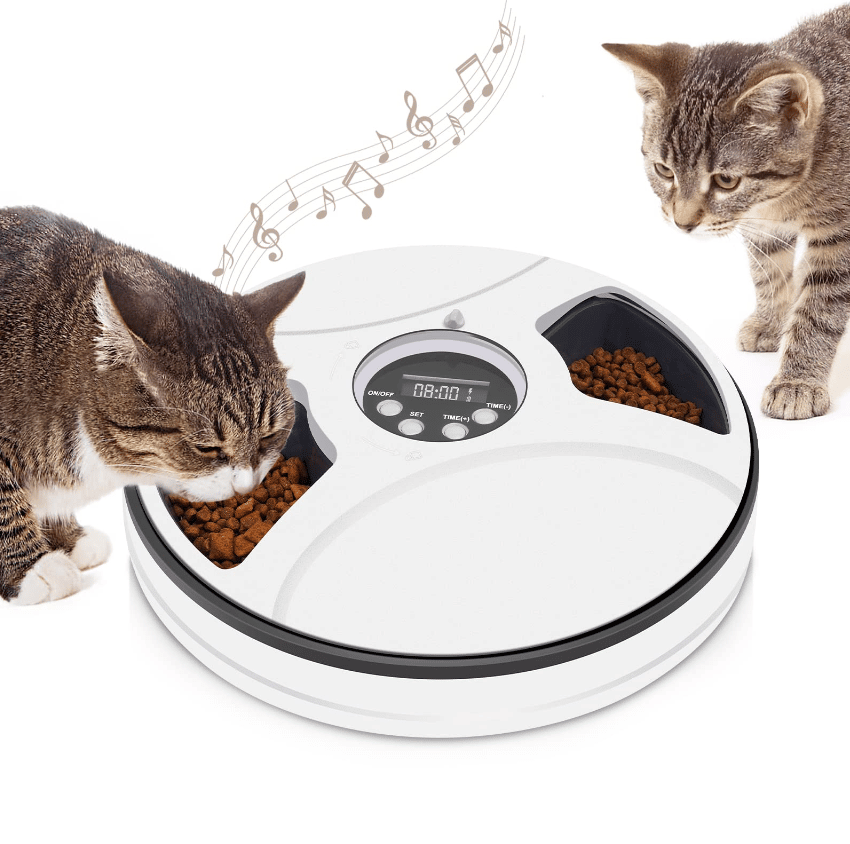
Are you a proud owner of a Chintu Automatic Cat Feeder? If so, you’re likely already familiar with the convenience and ease that it provides for your pet.
However, just like any piece of technology, it can have its share of problems from time to time.
Common Chintu Automatic Cat Feeder Problems Troubleshooting
In this guide, we’ll discuss 9 common problems with the Chintu Automatic Cat Feeder and how to solve them. Read on to learn more!
- Chintu Doesn’t Seem To Be Working
If your Chintu Automatic Cat Feeder isn’t working, there could be several possible causes. First, make sure that the feeder is connected to a power source and that it is switched on.
If the power source is connected and the switch is turned on, but the feeder still isn’t working, check the digital display on the feeder to see if there are any error messages displayed.
If the feeder isn’t displaying any error messages, try removing and reinserting the food hopper. If the feeder still isn’t working, contact customer support for further assistance.
- The Food Isn’t Dispensed When It Should Be
If your Chintu Automatic Cat Feeder isn’t dispensing food when it should, there are a few troubleshooting steps you can take.
First, check the settings to make sure you have the timer set correctly. The timer needs to be properly adjusted for the feeder to dispense food at the right times.
Next, make sure that the hopper is full of food. If the hopper is empty or low on food, then the feeder will not dispense any food.
You should also check to see if there are any obstructions in the hopper that are preventing the food from dispensing.
Finally, check the power source. Make sure that the batteries are charged and that the power cord is plugged in and working properly. If neither of these is an issue, you may need to contact customer service for further assistance.
- The Food Isn’t Being Dispensed In The Correct Amount
If you’re having an issue with your Chintu Automatic Cat Feeder where the food isn’t being dispensed in the correct amount, there are a few things that you can do to troubleshoot this problem.
First, make sure that you have the feeder set to the correct portion size and quantity. Additionally, check to see if the food dispenser is clogged with stuck-on food or debris.
If so, clean it out thoroughly with a small brush or damp cloth. Finally, make sure that the feeder is set to the correct timer settings.
If you find that none of these solutions help, then you may need to contact customer service for further assistance.
- The Food Isn’t Being Dispensed Evenly
One of the most common issues with the Chintu Automatic Cat Feeder is when the food isn’t being dispensed evenly.
This can be caused by a few different factors, such as clogged food dispensers or a loose belt inside the feeder.
If you are having this issue, the first thing you should do is to check the inside of the feeder for any clogs. If there are any clogs, you can use a small brush or air compressor to dislodge them.

You can also use a damp cloth to wipe away any debris that may be stuck in the feeder. Next, make sure that the belt inside the feeder is tight and properly tensioned.
To do this, open up the feeder and turn the knob clockwise to tighten it. If it is still not working, you may need to replace the belt.
Finally, if all else fails, you can try turning the timer off and on again. This will reset the timing of the feeder and may help to correct any issues with uneven dispensement.
If these solutions do not work, it may be best to contact Chintu customer service for further assistance.
- There Is Food Stuck In The Dispenser
If there is food stuck in the dispenser of your Chintu Automatic Cat Feeder, it could be due to a few different things.
The first thing to check is the size of the food pieces. If they are too big, they may not fit through the chute and become stuck.
Additionally, if the cat food has gotten wet, it can form clumps and jam the dispenser. To resolve this problem, you should make sure that you are using appropriately sized dry cat food.
If the food is still getting stuck, you can try to manually remove the stuck pieces with a pair of tweezers or a small brush. Finally, you can use a paper clip or a q-tip to gently dislodge any remaining pieces.
- The Food Is Going Bad Before It’s Used
If your cat’s food is going bad before they have a chance to eat it, there are a few possible causes. The first is that the food may be stored too close to heat sources such as radiators, ovens, or direct sunlight.
These can cause the food to spoil quickly. Additionally, the feeder may not be set to dispense the correct amount of food for your cat.
If there is too much food being dispensed and your cat isn’t eating it all, it will go bad before they have a chance to finish it. Lastly, check that the feeder is being refilled regularly with fresh food.
To solve this problem, start by making sure the food isn’t being stored in a hot or humid area. Secondly, check that the feeder is set to dispense the correct amount of food for your cat.
You can adjust this setting on some models to make sure your cat is receiving the right amount of food. Lastly, make sure you are refilling the feeder regularly with fresh food so your cat is always getting fresh meals.
- The Feeder Is Attracting Bugs
One of the most common problems associated with an automatic cat feeder is that it can attract bugs. This can happen if food is left in the feeder for too long or if the feeder isn’t properly cleaned and dried between uses.
If your Chintu Automatic Cat Feeder is attracting bugs, it’s important to take steps to eradicate the problem as soon as possible.
The first step is to clean the feeder thoroughly. To do this, you’ll need to remove all the food from the feeder and then use mild soap and warm water to wash out the inside.
Once you’ve done this, make sure that you thoroughly dry the inside of the feeder before adding any new food.
In addition to cleaning the feeder, you should also take steps to prevent bug infestations in the future. Be sure to empty any uneaten food from the feeder after each feeding session.
Also, make sure that you clean and dry the feeder regularly to remove any leftover food or crumbs. Finally, you may want to invest in some bug repellent that is safe for pets to discourage any bugs from getting near your Chintu Automatic Cat Feeder.
- My Cat Isn’t Eating From The Feeder
If your cat isn’t eating from the Chintu Automatic Cat Feeder, there could be a few different causes. First, make sure you have followed the instructions and set the timer correctly.
If your cat is still not eating, try putting a small number of their favorite treats in the feeder to entice them. You can also try covering the food container with a towel or sheet to help them feel more secure.
Finally, make sure you are setting realistic expectations – cats may take some time to get used to the new feeder, so don’t give up too soon!
As they become comfortable with it, they will eventually start eating regularly. Additionally, ensure that you keep the bowl clean at all times as cats often reject dirty dishes.
If none of these solutions work, then it’s likely that your cat may require special dietary needs that the automatic feeder cannot provide.
In this case, you should consider purchasing an alternate type of feeder that meets your cat’s specific dietary requirements.
- The Feeder Is Too Loud
Some cats are easily startled by loud noises, and this can be a problem if your Chintu Automatic Cat Feeder is too loud. The good news is that there are several solutions you can try to make the feeder quieter.
One solution is to add a rubber mat or padding underneath the feeder. This will help to reduce the noise of the motor and dispensing mechanisms.
You can also try placing the feeder in a different spot or on a surface that is more sound-absorbent, such as a carpet or a rug.
Another thing you can try is adjusting the speed of the motor. Depending on the model, you may be able to adjust the speed of the motor to reduce its noise output. Check the instructions for your specific model to see if this is an option.
Finally, if your feeder has an indicator light, you may want to switch it off when not in use to minimize any additional noise.
By following these steps, you should be able to significantly reduce the noise of your Chintu Automatic Cat Feeder and ensure your cat’s comfort.








